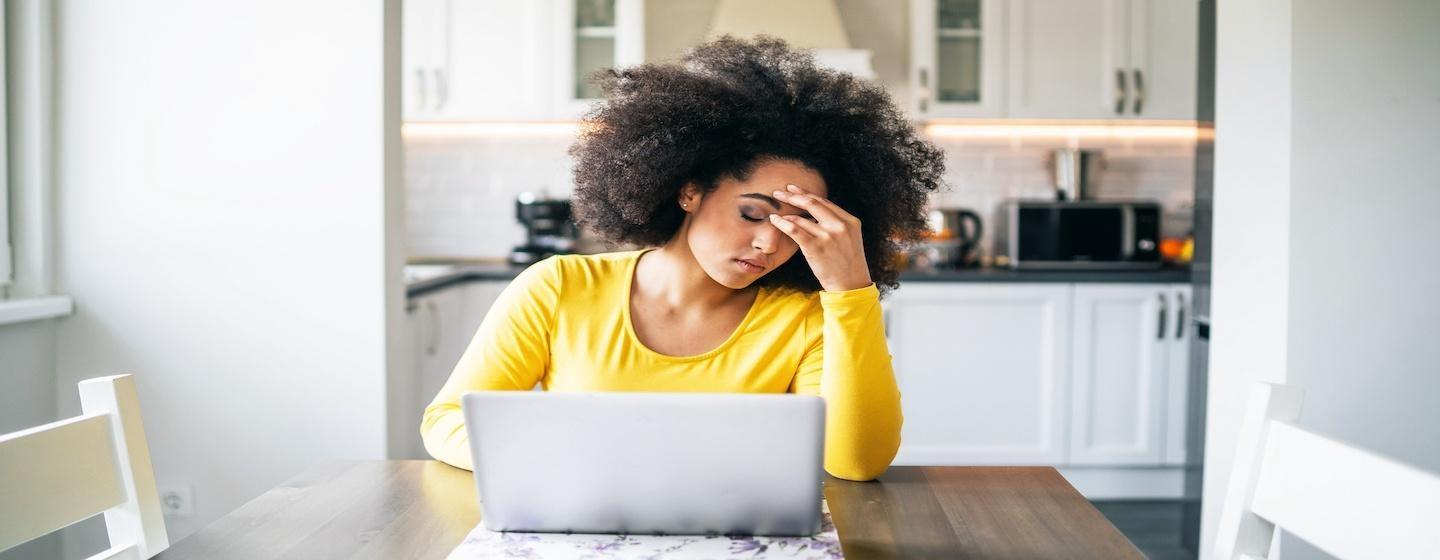How To Think About Risk and Covid


After almost two years of the COVID-19 pandemic, we’re gotten pretty good at a few things- wearing masks in crowds, washing hands frequently, using wipes to clean surfaces, and even streaming movies to stay inside and not be around crowds.
Vaccines and boosters are here. Testing has become a thing. And while some of those responses have sadly become politicized, we’re in a better place with COVID-19 than we were two years ago.
But then along came the highly contagious Omicron variant. It’s much more infectious and because of that, our COVID routines that we’ve counted on the past two years seem to have been quickly tossed out the window.
We’re exhausted by the pandemic and want to move on. ARRRGH!!!
That’s the view Leana Wen, an emergency physician and public health professor at George Washington University shared with NPR.
Think about risk as being cumulative.
“A lot of people may have this misunderstanding that if they’re doing one thing that’s risky when it comes to COVID they can let their guard down and do everything else,” Wen told NPR’s All Things Considered. “Actually, it’s quite the opposite.”
Think of risk like a regular budget: you only have a certain amount of risk to spend, so prioritize what is important.
“When you choose the one thing that is of high value, perhaps you should actually be reducing the other aspects of risk in your life,” said Wen. “For example, if you’re flying across the country to see family members you haven’t seen in two years, doesn’t mean you also should be going to bars and nightclubs.”
“What the public needs to understand is that science is evolving facts,” said Thomas Denny, chief operating officer of the Duke Human Vaccine Institute, and a professor of medicine at Duke University Medical Center. “We get a set of facts and findings and we make what we believe is the best judgement today based on those facts and findings. A week from now or two weeks from now we may have another set of facts and findings that call upon us to revise or amend the decisions we made earlier.”
A person’s risk budget comes down to weighing the advice of scientists and public health experts, based on those changing facts, with their own circumstances. Someone who is fully vaccinated and has nobody in their life who are at higher risk, may feel comfortable going to the gym or eating at an indoor restaurant.
Someone with a chronic illness will have a more limited risk budget.
“It’s pretty clear that Omicron is the most transmissible variant of all, likely four times more transmissible than the Delta variant,” said Denny. “But it also appears it tends to be less dangerous to each person who catches it, especially if they are vaccinated and have also gotten a booster. The message here is to be smart about where you go and how you interact with people, and to get vaccinated and get your booster shot.”
Because of those vaccines, there is much more immunity in the world, which should shorten the amount of time Omicron is prevalent. But it is still going to find and infect the vulnerable and the unvaccinated, strain the health care system, upend work, school and commerce, because so many people are catching it than ever before.
And after Omicron fades, there will likely be another variant on the horizon, which means risk budgets will need to be adjusted again.
“We have to realize this virus is going to become endemic. It’s not going to be eliminated from society,” warns Denny. “There’s too much of it there, it’s too much a part of us. We have to learn how we’re going to deal with it, and how we’re going to prevent severe disease.”